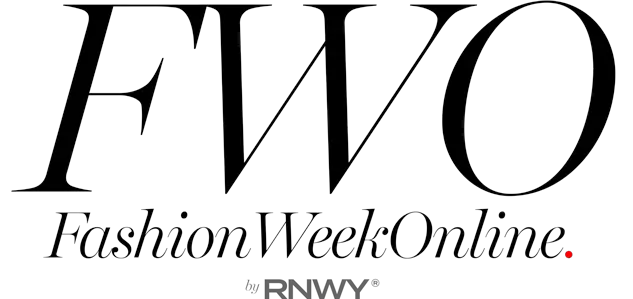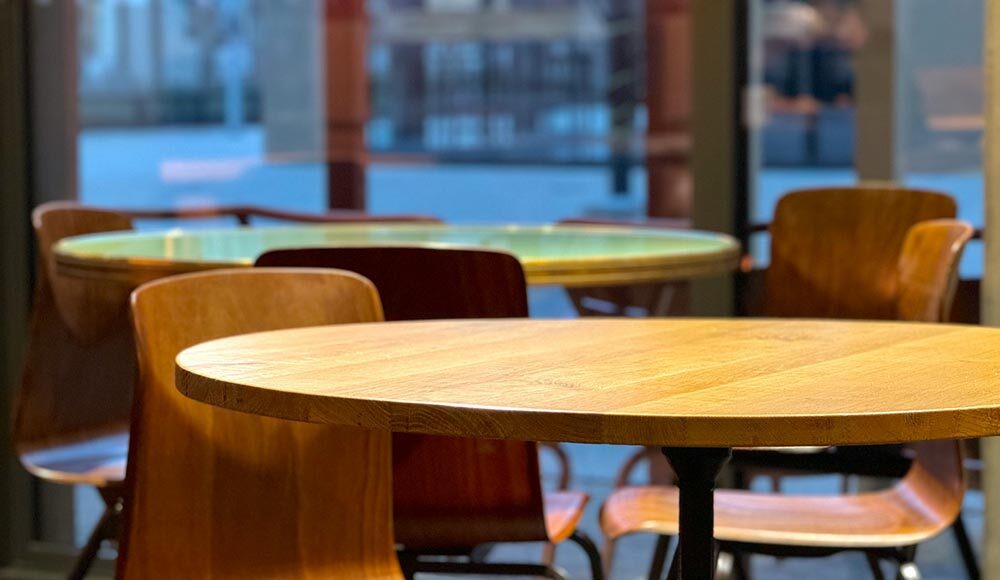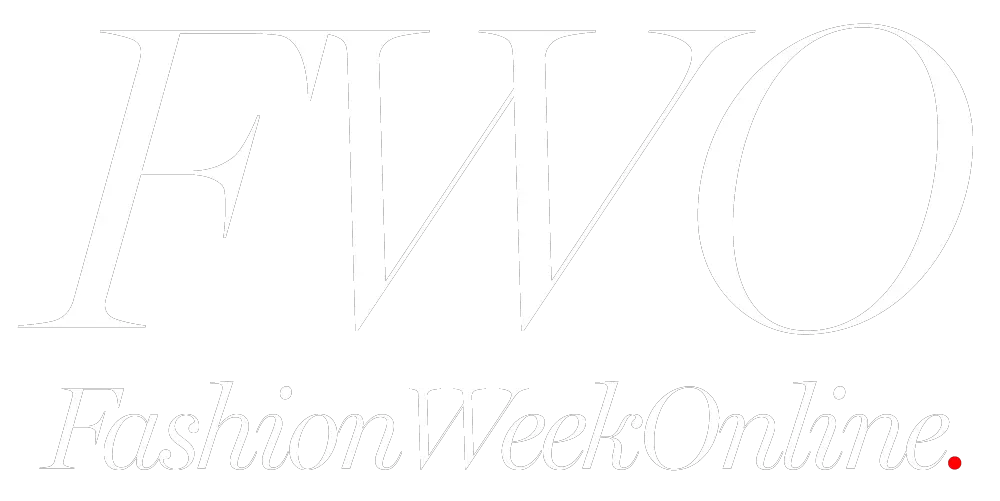A successful show begins with a clear intention. Before a venue is scouted or a tracklist drafted, the creative director needs a sentence that defines what the collection wants to say.
That sentence anchors decisions about casting, music, set design, and press messaging. Teams lose time and money when they treat this statement as a mood rather than a mandate. Write it, circulate it, and keep it visible on every working document.
The opening seconds shape how buyers, editors, and viewers receive the work. If the collection is about restraint, the room can start in near silence with a single, crisp lighting cue. If it’s about speed, the first look can hit the runway at a tempo that sets the cadence for the next twelve minutes. The goal is not spectacle for its own sake; it’s coherence. The first look, first sound, and first light should align with the thesis of the collection.
Pace matters from the first look to the finale. Many shows drag because the walk interval stretches to accommodate backstage changes or live music misalignment. A simple timing grid solves this. Put seconds between looks on paper. Test it. If the show’s story requires a mid-runway pause or a lighting reset, design those beats in advance and treat them like looks. Audiences read hesitation as confusion; they read intentional pauses as craft.
A show also needs a “memory anchor”—a moment people can easily describe later. This can be a clever runway shape, a moving set piece, a single powerful walk, or a garment reveal. The anchor should connect back to the clothes rather than overwhelm them. Teams often chase virality at the expense of clarity; in practice, the most memorable moments serve silhouettes, fabrics, and cuts rather than bury them.
Finally, respect the audience’s energy curve. Doors open, seats fill, lights dim, the first look arrives; the room wants guidance. Clear signage, confident front-of-house staff, and a well-briefed usher team build calm. Phones will always be out, but people still respond to human cues. Good hosts deliver those cues with eye contact and timing rather than shouts or last-minute instructions.
Faces and Movement on the Runway
Casting does more than fill clothes; it adds meaning to them. A coat reads differently on a dancer than on a sprinter, and a bias-cut dress tells a new story on a model with a distinctive gait. Directors who cast for personality as well as fit find that the collection gains depth without extra set spend. Build a matrix that pairs look families with model archetypes and evaluate the emotional effect: sharp, romantic, stoic, playful, grounded, ethereal. The matrix prevents last-minute swaps that flatten the narrative.
Diversity is not a checkbox; it is a design variable. When casting spans body types, ages, and backgrounds, fabrics and cuts meet reality, not fantasy. This builds trust with buyers who must picture garments across real customer sets. Diversity also shifts the show’s rhythm. A lineup of identical gaits becomes visual white noise; a lineup of distinct presences produces contrast, and contrast holds attention.
Movement direction elevates even minimal choreography. Many shows rely on a straight walk, turn, and exit. That’s fine when tailoring is the headline, but a show gains dimension when models use the runway space with purpose. Triangular formations, staggered entries, and mirror passes produce layers that photograph well from multiple angles. Rehearse these patterns until they read smoothly even under pressure. If the show includes stairs or narrow corners, walk them repeatedly in sample shoes, not sneakers.
Walk training should focus on breath, gaze, and footfall. A tense chest shortens stride and makes fabrics flutter unpredictably. A strong gaze tells cameras where to find intent. Consistent footfall keeps sound techs from scrambling to cover spikes in noise. Provide models with a short on-site warm-up: ankle mobilization, hip openers, and spine resets. The five minutes spent here save retakes and awkward turns later.
Backstage fittings double as education. Dressers should know how a garment moves, where the fabric stretches, and which closures need hand support during quick changes. A label inside the garment that lists its backstage “do’s and don’ts” avoids repetitive verbal briefings and reduces errors under time pressure. Every show develops its own language—clip locations, pin colors, hanger codes. Write it down, and people will follow it.
The Soundtrack You Don’t Forget
Music carries mood faster than any other element. A good score drops the audience into the right headspace before the first look appears. The music director should receive the collection statement and early look board weeks in advance. Producing original edits around tempo maps lets the team sync walk intervals, lighting cues, and set movements without frantic last-minute cutting.
Tempo choices shape perception of fit and fabric. A 120 BPM track can make a structured coat feel agile; a 70 BPM track can make a flowing dress feel ceremonial. Test garments against tempo rather than trusting memory or intuition. Record video of walk tests from the center and both corners of the runway, then compare. The camera will show you where the hem drags or the shoulder stiffens when music speeds up or slows down.
Avoid wall-to-wall sound. Silence, if used with intent, sharpens attention. Dropping to near-silence for a particularly intricate look draws eyes to details that would otherwise get lost. The trick is to engineer silence as part of the score, not as a gap. Lighting and movement should change with it, so the room reads the pause as a designed beat, not a technical failure.
Live performance introduces risk and reward. Live vocals or a small ensemble can lift a show into memory, but they add variables—mic levels, reverb, musician pacing. If you opt for live, build in redundancy: a pre-mixed backup, a stage manager with hard cues, and a sound check with models walking in show shoes. Live should serve the clothes, not headline them.
Sound systems fail if the room is misread. A warehouse eats bass; a marble hall throws high frequencies into harsh echoes. The audio team should run a sweep test during load-in to locate dead zones and hot spots, then aim speakers accordingly. If the audience sits in the round, consider distributed arrays over a single front-of-house stack. People forgive a missed lighting cue more than a piercing frequency that makes them physically uncomfortable for twelve minutes.
The World Around the Runway
Set design frames the clothes. A strip of light across a concrete floor can say “clean and modern” more effectively than a million-dollar build that fights the line of a jacket. The best sets show restraint where restraint helps the garment speak and add density where density enriches context. Start with three questions: What should the audience feel? What should the camera see? Where should the eye rest during each look?
Runway geometry influences pace and photography. A long straight runway maximizes stride and clean full-body shots; a U-shape increases proximity and lets guests read fabrics at different angles; a circle or figure-eight invites choreography but requires careful camera mapping to avoid backs-of-heads in key frames. Draw the plan to scale and mark primary camera positions and sightlines. If you can’t protect a front-row sightline in a complex layout, simplify the layout instead of gambling.
Seating is part of design, not an afterthought. Chair height, spacing, and angle change sightlines and audience comfort. Padding impacts how long guests sit without fidgeting, which affects the show’s perceived length. A consistent seat map avoids frayed nerves at the door and keeps VIPs where they can do their jobs. This is also where the brand can play subtly with materiality; a bench finish or textile speaks the same language as a leather collar or a brushed-metal button. Many teams source or custom-build seating, sometimes borrowing from categories like restaurant furniture when they need durable pieces that photograph cleanly, stack efficiently, and survive fast turnovers between shows.
Props and installations should earn their space. A suspended sculpture that casts dynamic shadows can make a minimalist coat read architectural; a pile of literal references can distract from craft. Test set materials under show lighting; gloss can blow out on camera, and matte textures can swallow detail. Floors matter as much as walls. Polished concrete reflects hems; fiber matting kills bounce; painted wood adds warmth but chips under stiletto traffic. Choose for both look and durability.
Lighting directs narrative. Instead of one static wash, design a few scenes—entry, mid-show mood shift, finale. Color temperature shifts change how fabrics read. Small differences—a move from 4000K to 3600K—can bring out depth in navy or mute an overly shiny finish. Track spot cues to garments with high-shine elements; targeted highlights let sequins, beads, and metallic weaves glow without overwhelming the camera sensors.
Sustainability is no longer optional. Reusable set components, rented lighting rigs, and modular seating reduce waste and budget. Print graphics on recyclable substrates and keep paint systems low-VOC. Publish a short sustainability note in the press kit stating what was reused, rented, or offset. Buyers and editors notice when production values align with brand ethics.
Where It Happens Matters
Location communicates as clearly as clothes. A museum suggests heritage and cultural dialogue; a rooftop suggests urban energy; a street suggests access and immediacy. Each choice sends signals about audience, price point, and values. A young label may gain press by staging in an unexpected neighborhood; an established house can reset perception by leaving a gilded hall for an industrial space.
Logistics should lead early conversations. Ask what load-in looks like, which doors fit racks, where hair and makeup will sit, and how models move from backstage to runway without crossing public corridors. A dramatic courtyard loses charm if you need a forklift to move light cases across cobblestones in the rain. Draw a movement plan showing every path—clothes, people, power cables, and camera rigs. If a path crosses, change the plan.
Permits, neighbors, and noise matter. Outdoor shows need weather contingencies. Have tents or tarps ready, and confirm whether a last-minute indoor swap is possible. Night shows require lighting approvals in some districts. Streets need police coordination and resident notices. These tasks rarely generate headlines, but they prevent the kind of hiccups that overshadow the clothes.
Audience access shapes mood. Hard-to-reach venues drain energy before the first look. Provide clear transport guidance in invites and place staff at key entry points. If phone reception is poor, add visible signage and human guides. Think about the journey from curb to seat as part of the story: smells, textures, and sounds set expectations before any garment appears.
Cameras transform a location into a hybrid stage. A beautiful staircase creates striking stills but can be treacherous for heels and create camera jitter. If you must use it, test every step with show shoes and add transparent grip. Install hand rails backstage even if they aren’t visible. Place cameras where they see faces, not just backs, and avoid angles that put lights directly into lenses.
The Invisible Work Behind the Curtain
Operations turn vision into reality. Start with a run-of-show document that maps every minute from crew call to the last guest leaving. Assign owners for each line item. A good run-of-show includes buffer time at every transition: model in chair, call time at stage, first look dressed, five-minute hold, doors. Buffers absorb the inevitable unpredictability without derailing the show.
Backstage layout deserves the same care as the runway. Build zones: hair, makeup, dressing, quick change, line-up, and hold. Place the most complex looks closest to the quick-change area. Use color-coded rails and tags for clarity—green for first half, blue for second, red for finale. Tape the floor with pathways so cross-traffic stays controlled. When space is tight, schedule call times by look groups to reduce congestion.
Communication beats chaos. Equip key staff with headsets and a concise cue language. The caller speaks in short, unambiguous phrases: “House to half,” “Stand by Look One,” “Go One.” Avoid open-ended questions on comms; make decisions before headsets go on. If a garment fails seconds before stage, the line-up leader needs authority to skip a look or swap a model without escalating to creative—this only works if rules and priorities are pre-agreed.
Contingency plans reduce panic. Prepare a spare of any piece with a high risk of failure: invisible zippers, delicate closures, floor-length hems. Pack a repair kit with needles, double-stick tape, hooks, spare buttons, and color-matched thread. If the show uses elaborate headpieces or jewelry, create a quick-removal protocol for emergencies. Set aside a quiet corner for last-minute fixes with good light and a steamer.
Compliance and care count. Confirm insurance, safety plans, and accessibility. Fire exits must remain clear; cables need covers; light stands require sandbags. Provide water, snacks, and seating for crew and models; people perform better when treated well. Build a short briefing on harassment and personal boundaries and repeat it at call time. Professionalism backstage leads to calm onstage.
Who’s Watching and What Lasts
An audience is a mix of roles. Buyers assess sell-through potential; editors frame cultural context; influencers capture moments that reach millions; celebrities bring attention and press photos that will outlive the show. Seating should balance these needs. Buyers need sightlines and time to absorb looks; editors benefit from proximity to detail; influencers need aesthetic angles; celebrities need controlled access and security. A well-thought map serves all without obvious favoritism.
Invitations shape who shows up. Send save-the-dates early, then personalized confirmations with clear logistics. Share the collection statement and any dress or color requests well before show day so people can participate in the visual language rather than clash with it. Keep a tight door. Overfilling a room breaks sightlines and creates safety issues; a lower seat count with the right mix beats a packed house with the wrong one.
The press kit should carry the brand’s voice and offer utility. Include the collection statement, look numbers with fabric notes, designer quotes, sustainability notes, and high-resolution images tagged by look. Provide a short list of key details editors can drop into captions—construction techniques, references, and craft partners. The kit should release the moment the first look hits the runway; anything later misses the fastest news cycles.
Livestreams expand reach. To make them work, design with multiple lenses in mind. Plan a “hero camera” for the straight-on editorial shot and two side angles for movement and detail. If budget allows, assign a roaming camera backstage for a short pre-show segment with tight timing. Test the stream at show hour with a private audience to catch network congestion or platform hiccups.
Social strategy starts before doors open. Tease materials, cast highlights, and set hints without spoiling the memory anchor. During the show, avoid flooding feeds with near-identical clips; prioritize a few strong angles that show silhouettes cleanly. After the show, release clean look-by-look images quickly, then stagger deeper content—designer annotations, craft close-ups, and model interviews—over the next days. Keep captions specific and short.
Retail and wholesale need a link to the moment. If the collection includes a few “see now, buy now” pieces, make the path simple: QR codes on seats, a microsite with inventory, and store associates briefed with photos and size ranges. Even without immediate sales, offer pre-order interest forms that gather emails by look. Buyers appreciate digital linesheets that match runway numbering and include fabric swatches, price bands, and delivery windows.
Longevity comes from documentation. A well-shot show pays for itself across months of content. Capture stills, runway video, backstage, audience reactions, and set details. Label assets consistently. Future press pulls from well-archived files; future interns learn from seeing how the brand told its story. A two-page post-show report—what worked, what slipped, what to change—builds institutional memory and makes the next season stronger.
When It All Comes Together
A fashion show lands when intention, execution, and audience align. The intention sits in a sentence that everyone can repeat. The execution shows up in casting that tells a story, music that carries mood, set and lighting that frame the clothes, and operations that let the room breathe. The audience alignment appears in the seating map, the camera plan, the press kit, and the live and digital pathways that extend the show’s life.
You can sense alignment in the room. Models move with certainty. Music hits its cues without dominating. Set pieces feel like part of the brand rather than rented spectacle. Guests lean in, phones up, but not as shields—more as instruments. The runway images show fabric movement and shape rather than blown-out highlights or blurry corners. The livestream ends without the awkward tail of open mics and wandering sound. People leave with a sentence they can repeat about what they just saw.
Not every element needs to shout. Quiet shows that honor line and cut can resonate as deeply as maximal productions. The test is whether decisions ladder back to the collection’s thesis. If the clothes argue for structure, the runway should give them air and clean light. If the clothes argue for fluidity, music and movement should allow arcs and drapes to unfold. Editing is the hardest part of production; the courage to remove one nice idea that clashes with the central idea is often what makes the show feel whole.
Budgets vary, but discipline scales. A small brand can hold a compelling show in a studio if it casts thoughtfully, scores intelligently, and communicates with care. A large house can still stumble if it treats the runway as a checklist rather than a narrative. Teams that schedule rehearsals, write granular run-of-show documents, and empower decision-makers reduce panic and protect creativity.
##





